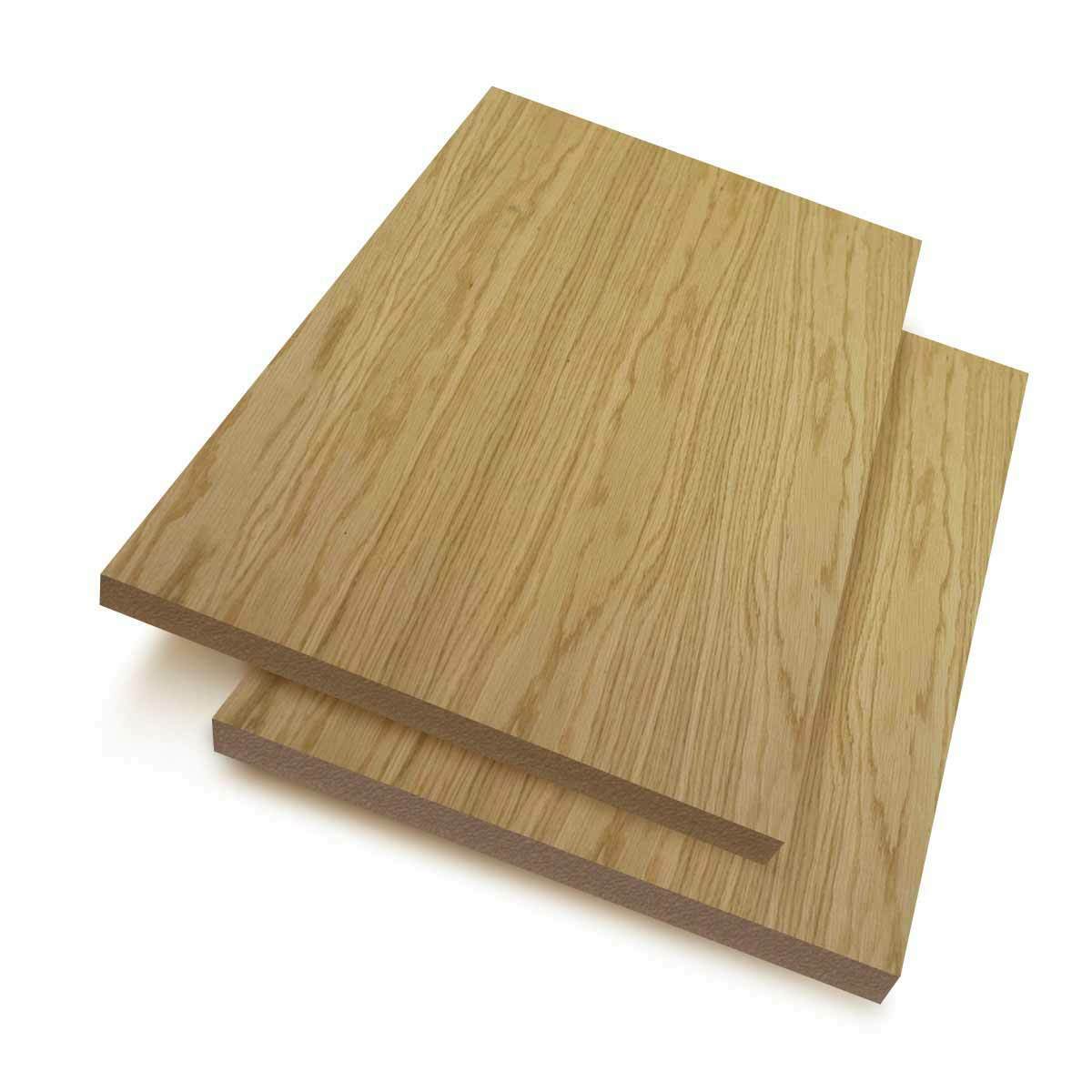The selection of the material will be the difference between success and failure for woodworkers or DIY enthusiasts. Solid wood is a timeless classic engineered wood panels, such as MDF boards (Medium Density Fiberboard), melamine sheets, and particle boards provide an exciting alternative. Understanding each product’s unique properties and capabilities is the key to achieve beautiful and useful results.

MDF Board: The Champion of Smoothness and versatility
MDF boards have become an essential part of woodworking shops across the world. Their smooth consistent surface is an absolute pleasure to work with, effortlessly taking paint, stain and even veneers. In contrast to solid wood, MDF boards boast consistent density throughout, eliminating concerns about warping or cracking. This consistency allows them to be used for complex carvings, moldings as well as for the creation of intricate architectural features.
MDF Boards are a fantastic option to save money.
Perfect Finishes: The smooth surface allows for an easy application of veneer, paint or laminate, which results in an elegant and professional appearance.
Workability: MDF boards are easy to cut, drill and rout. They are perfect for intricate designs and elaborate projects.
MDF is a strong and durable material that is used for a variety of purposes.
MDF boards are utilized for a variety of purposes for furniture making, the construction of cabinets to architectural elements.
Melamine Sheets – Where toughness meets style
Melamine sheets are a way to take MDF boards to the next level, by incorporating a decorative component. They feature a thin layer of melamine resin which is attached to the MDF core which creates a durable and attractive surface. Melamine surfaces are available in a range of patterns and colors.
Melamine Sheets are an excellent alternative to traditional sheets.
Stain and scratch resistant The surface of melamine offers an outstanding level of resistance to stains and scratches. They are perfect for areas that see the most traffic, such as bathrooms and kitchens.
Easy Maintenance: Melamine sheets require minimal upkeep. They are maintained by a quick wipe down using a damp sponge.
Cost-effective alternative: Compared to solid wood, which has similar appearance, melamine sheets are an affordable option with a premium appearance.
Melamine sheets are flexible and can be utilized for various projects, such as countertops and kitchen cabinets as well as walls and furniture.
Budget-Friendly Particle Board
Particle board, although an unpopular choice in comparison to MDF and melamine is the most cost-effective option for projects where structural integrity takes priority over aesthetics. Composed of wood particles that have been compressed and resin-bonded particles, particle board offers a superior level of durability and strength.
Understanding Particle Board:
Cost-Effective: Particle board is the most affordable option among the three mentioned.
Application Limitations: Particle board’s rougher texture and high moisture resistance make it suitable for use in areas where aesthetics are not the main matter. Examples include furniture elements and subflooring.
Particle Board is Susceptible To moisture. It is prone to swelling, and the structural integrity could be compromised when exposed to water. It’s important to select products that resist moisture in humid conditions.
Choosing the Right Engineered Wood Panel
The best engineered wood panel is based on the project’s particular needs and priorities. This is a brief guide to help you select:
MDF boards stand out for the smooth surface, intricate designs and overall adaptability.
If durability, scratch resistance, and a pre-finished surface are essential: Melamine sheets offer the ideal blend.
If you’re searching for an affordable option, however structural stability is your top priority particle board is the best choice.
The Future of Woodworking: Embracing Engineered Wood Options
MDF Melamine, MDF and particle boards provide endless possibilities to woodworkers and DIY enthusiasts. They’re an excellent addition to any toolkit because of their affordability, versatility and reliability. We are likely to witness more and more creative engineered solutions emerge as technology improves. This will further expand the creative possibilities of the future for woodworking.